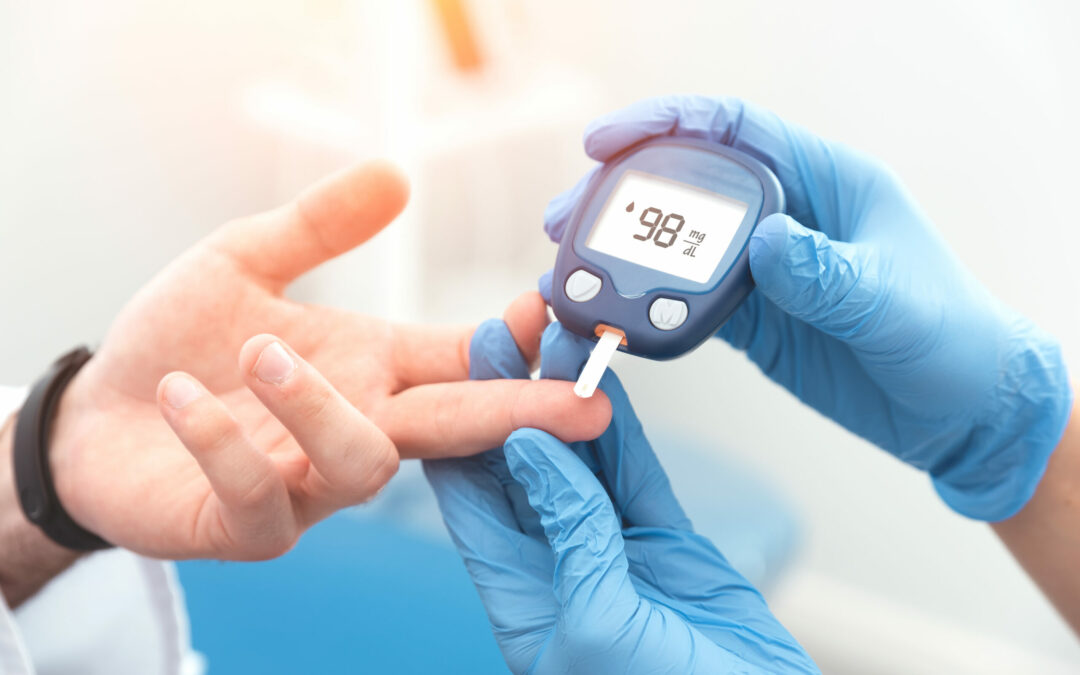November is National Diabetes Month in the US, and over the last year and a half, people with diabetes have faced heightened risks to their health, as their illness makes them more vulnerable to the worst effects of COVID-19. According to the latest research, the coronavirus could even be harming vital cells in the pancreas and leaving more people with diabetes. The relationship between COVID-19 and diabetes isn’t fully understood just yet, but the good news is pre-diabetes is both detectable and preventable. Premier Medical Laboratory Services exclusively offers a breakthrough test, DIABETESpredict®, allowing patients to know sooner if they have type 2 diabetes. “Being proactive is key in preventing, managing, and treating type 2 diabetes,” said Kevin Murdock, founder of PMLS, “our goal is to help people get ahead of this chronic health condition and save more lives.”
The American Diabetes Association reports 34.2 million Americans have diabetes, while 88 million American adults have pre-diabetes. Due to these rising numbers, the US Preventive Services Task Force is now recommending screening patients for pre-diabetes earlier. The new recommendation emphasizes the need to screen for pre-diabetes in all adults between the ages of 35 and 70 who are overweight or have obesity, even if they have no symptoms of type 2 diabetes. The starting age use to be 40 but was lowered to five years earlier. “These changes allow for earlier detection, diagnosis and more treatment options, ultimately improving health outcomes,” said the USPSTF.
What causes diabetes?
According to the Center for Disease Control and Prevention, diabetes develops when the body cannot make enough insulin or use it properly. Insulin is a hormone that helps regulate blood glucose levels, and without a sufficient amount working properly, health complications can occur. There are several types of diabetes that can result from genetics or lifestyle choices.
Type 1 diabetes is believed to be an autoimmune condition. This means your immune system mistakenly attacks and stops your body from making insulin. It isn’t clear why this happens but there may be both genetic and environmental reasons.
Type 2 diabetes starts as insulin resistance. This means your body doesn’t use insulin well and can’t keep blood sugar at normal levels. Contributing factors may include genetics, lack of exercise, or being overweight.
Gestational diabetes is due to insulin-blocking hormones produced during pregnancy. This type of diabetes only occurs during pregnancy and usually goes away after your baby is born. However, it does increase your risk for type 2 diabetes later in life.
What are the symptoms?
Diabetes symptoms will vary depending on the type and cause but may include:
- fatigue
- blurred vision
- increased thirst and urination
- hunger
- numbness in the hands and feet
- persistent sores
- unexpected weight loss
Diabetes can also lead to serious health complications without treatment, such as heart disease or stroke.
Prevention
There’s no known prevention for type 1 diabetes but there are some steps you can take to help limit your chances of getting type 2. You can lower your risk if you:
- control your weight and manage your diet
- exercise regularly
- avoid smoking
- talk to your doctor

